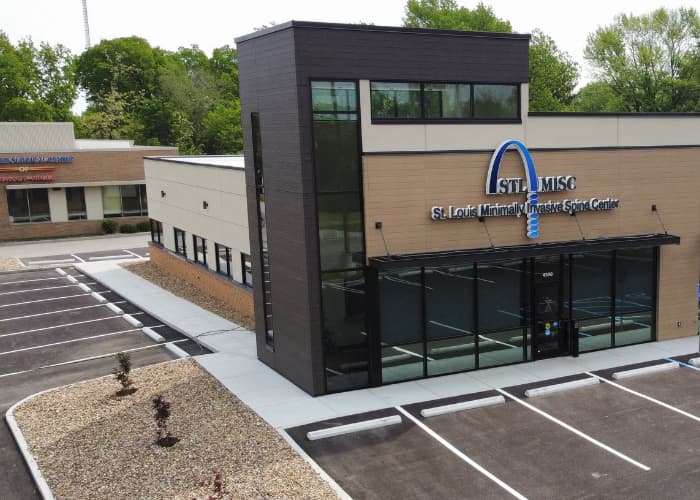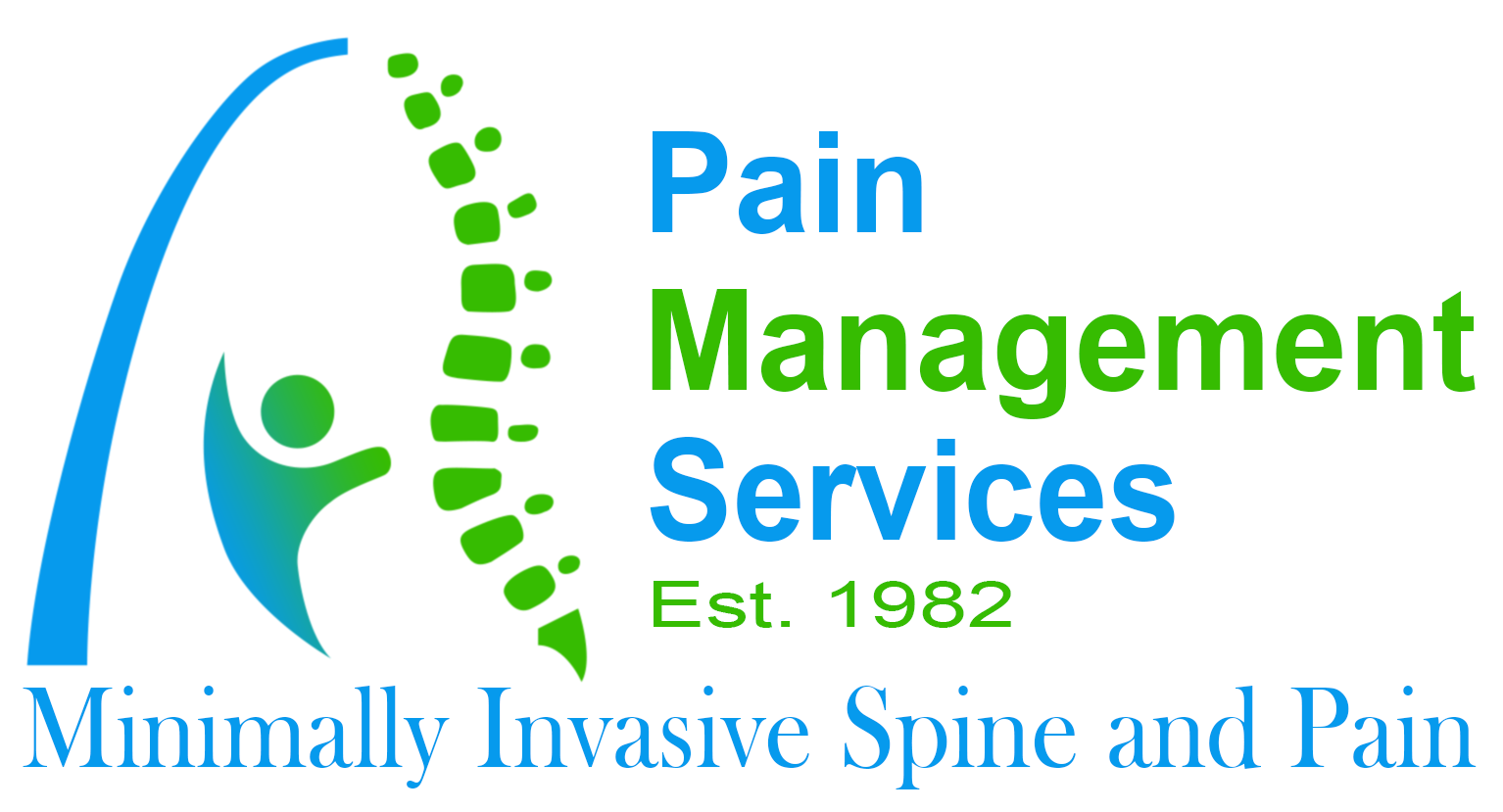Chronic and long-lasting pain presents immense challenges for patients and their physicians. While medications and physical therapy can provide practical ways to mediate the issues patients face, newer developments in easing pain are starting to take hold at some of the most advanced medical clinics for pain management. Among those methods, peripheral nerve stimulation is a gradually advancing treatment method used by neurosurgeons and pain management specialists to ease chronic pain.
How Nerve Stimulation Is Changing Pain Management
In short, nerve stimulation devices can be used to help control sources of nerve pain by providing mild, low-pulse electrical waves to certain nerves. The patient can control the electrical pulses entirely, as the devices are removable, wearable transmitters that stimulate the nerves when turned on and help maximize pain relief. The two types of nerve stimulators youth there include:
- Spinal Cord Stimulation: Spinal cord stimulation sends electrical currents directly to the spin through small pulses. By sending these pulses, the currents interfere with the nerve’s pulses that, cause pain. For those qualifying for treatment, these devices can be surgically implanted along the spinal cord or be used as removable devices.
- Peripheral Nerve Stimulation: Peripheral nerve stimulators work similarly to spinal cord stimulators. However, while spinal cord stimulators send low levels of electricity to the spinal cord, peripheral nerve stimulators send those currents directly to the nerves outside of the spinal cord to the limbs and organs.
While there are many different brands of nerve stimulation devices out there, these devices present one of the best possible outlooks for patients with chronic pain as they work better, last longer, and carry no risk of dependency. These devices are ideal for isolated and chronic pain and have an identifiable nerve target. Some conditions that can qualify for this treatment include:
- Fibromyalgia: Some studies have shown that chronic pain symptoms from fibromyalgia may benefit from peripheral or spinal nerve stimulation by working with the vagus nerve to help normalize the immune and autonomic systems.
- Diabetic Neuropathy: For diabetic nerve pain, spinal cord stimulators can act as a pacemaker to block pain throughout the limbs and other areas of the spine.
- Chronic Regional Pain Syndrome: Spinal cord stimulation can help mitigate the lasting pain of chronic regional pain syndromes, even though it doesn’t treat the condition’s cause.
- Chronic Migraines: Through occipital or peripheral nerve stimulation has been considered a helpful treatment of chronic and severe headache disorders, such as chronic migraines.
Find Chronic Pain Relief Through Pain Management Services
While nerve stimulation is still in its primary stages, further research is needed to help advance its potential treatment options for those with chronic pain. As a potential treatment option, you should speak with your primary care doctor or pain management specialist to learn about your options. At Pain Management Services, our team strives to provide our communities with the latest pain management techniques. Our pain management specialists can help you determine if nerve stimulation is proper for you, so schedule an appointment with our practice today to get a consultation with us.










